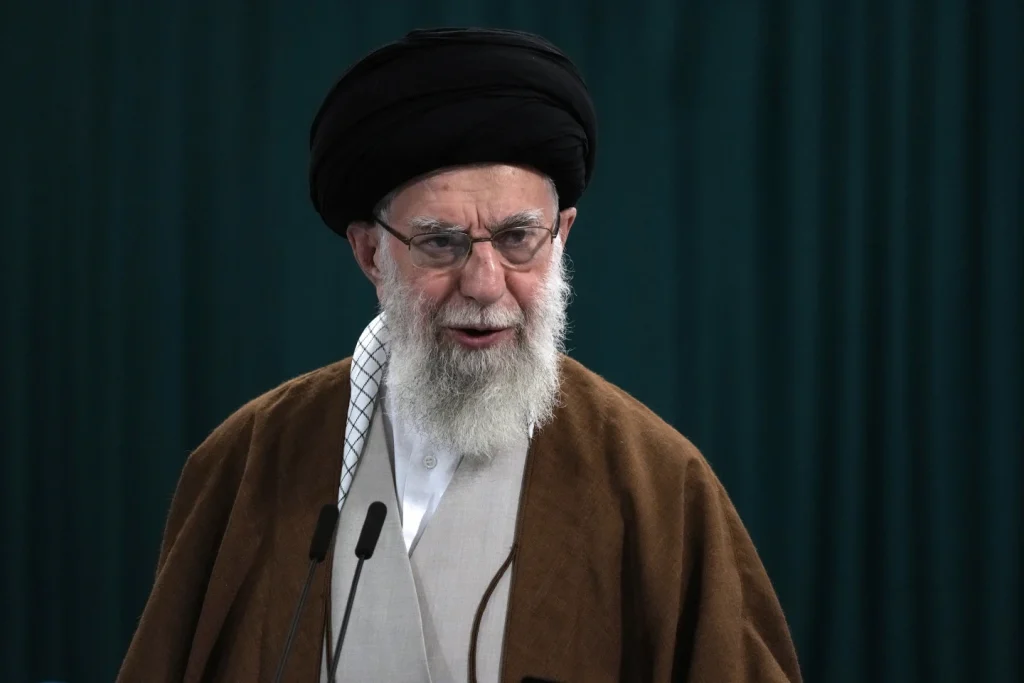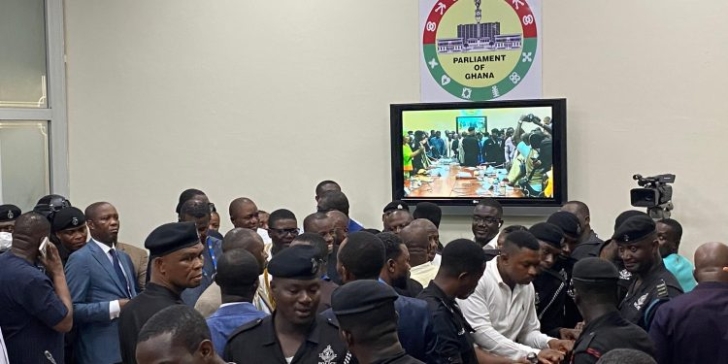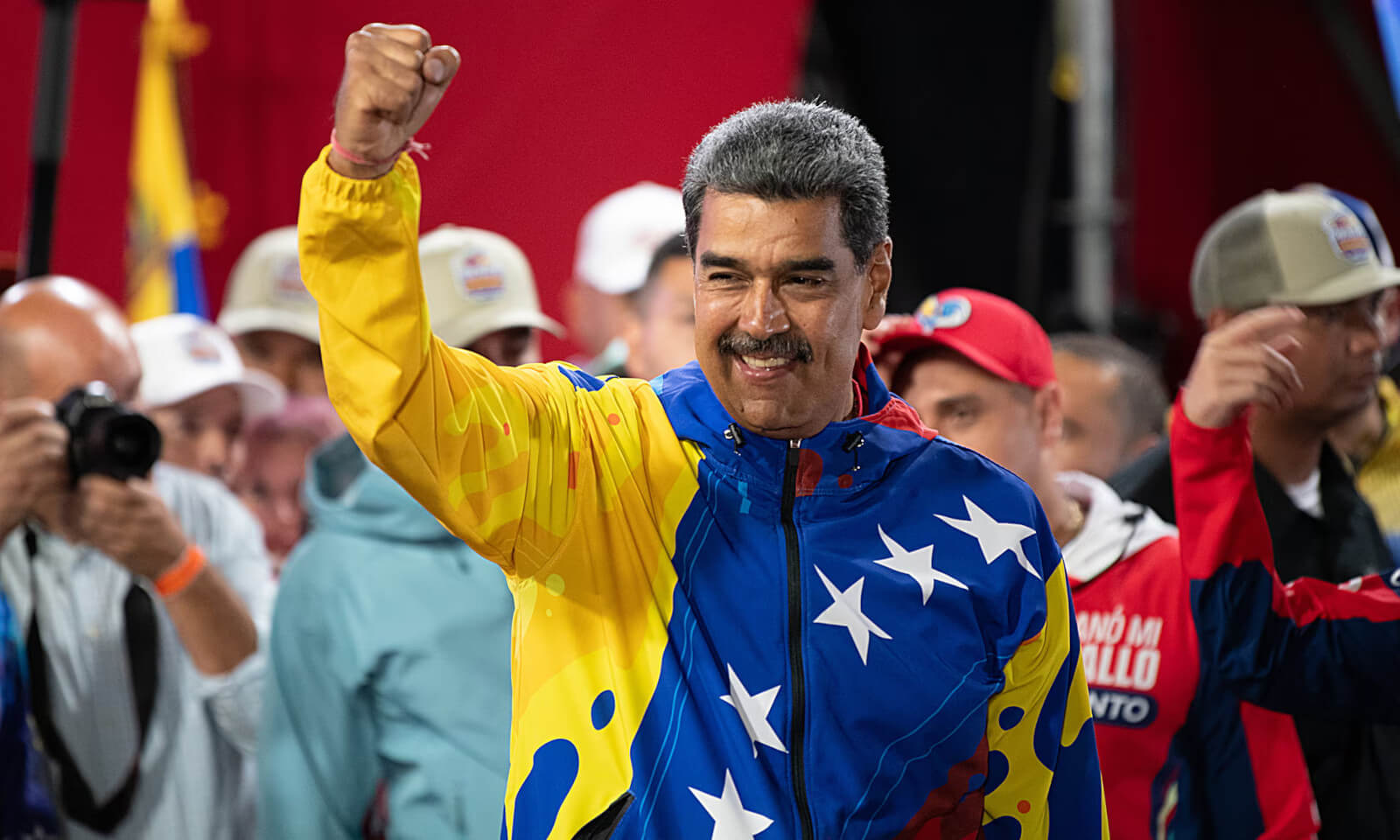JERUSALEM (AP) – Iran’s president’s death is unlikely to cause immediate changes in the ruling system or policies, which are determined by Supreme Leader Ayatollah Ali Khamenei.
Ebrahim Raisi, who died in a helicopter crash Sunday, was a potential candidate to succeed the 85-year-old supreme leader. His death increases the likelihood of Khamenei’s son becoming the successor.
A hereditary succession could cause a legitimacy crisis for the Islamic Republic, established as an alternative to monarchy but seen by many Iranians as corrupt and dictatorial.
Here’s what to expect.
IRAN’S GOVERNMENT STRUCTURE
Iran conducts regular elections for president and parliament with universal suffrage. However, the supreme leader has the final say on major policies, serves as commander-in-chief, and controls the Revolutionary Guard. The supreme leader also appoints half of the 12-member Guardian Council, a clerical body that vets candidates for president, parliament, and the Assembly of Experts. This elected body of jurists selects the supreme leader.
In theory, clerics oversee the republic to ensure it complies with Islamic law. In practice, the supreme leader manages the ruling system to balance competing interests, advance his priorities, and prevent challenges to the Islamic Republic or his role.
Raisi, a hard-liner and Khamenei’s protege, was elected president in 2021. The Guardian Council barred other well-known candidates, resulting in the lowest turnout in the Islamic Republic’s history. He succeeded Hassan Rouhani, a relative moderate who served as president for eight years and defeated Raisi in 2017.
Following Raisi’s death, Vice President Mohammad Mokhber became caretaker president, with elections mandated within 50 days. The vote will likely be managed to maintain the status quo.
This means Iran will continue to impose Islamic rule, suppress dissent, enrich uranium, support armed groups across the Middle East, and view the West with suspicion.
SUCCESSION IMPLICATIONS
Presidents come and go, but the ruling system structure remains. Significant change in Iran is likely to occur after Khamenei’s passing when a new supreme leader is chosen for only the second time since the 1979 Islamic Revolution.
The 88-seat Assembly of Experts, elected every eight years from candidates vetted by the Guardian Council, will choose the next supreme leader. In the most recent election in March, Rouhani was barred from running, while Raisi won a seat.
Succession discussions and machinations occur privately, making it difficult to know potential candidates. However, analysts see Raisi and Khamenei’s son, Mojtaba, 55, a Shiite cleric without government office experience, as the most likely successors.
IMPACT OF SUPREME LEADER’S SON SUCCEEDING HIM
Leaders of the Islamic Republic have portrayed their system as superior to the democracies of the West and the military dictatorships and monarchies prevalent in the Middle East since the 1979 revolution.
The transfer of power from the supreme leader to his son could spark anger among Iranians critical of clerical rule and supporters who view it as un-Islamic.
Western sanctions linked to the nuclear program have devastated Iran’s economy, and the enforcement of Islamic rule, which became more severe under Raisi, has further alienated women and young people.
The Islamic Republic has faced several waves of popular protests in recent years, most recently after Mahsa Amini’s 2022 death. She was arrested for allegedly not covering her hair in public. Over 500 people were killed, and over 22,000 were detained in the violent crackdown.
Raisi’s death may complicate the transition to a new supreme leader and potentially spark more unrest.











Pingback: Global Leaders Extend Warm Congratulations to Iran's New President Pezeshkian - Esbecgroup
Very interesting information!Perfect just what I was searching for!Raise your business